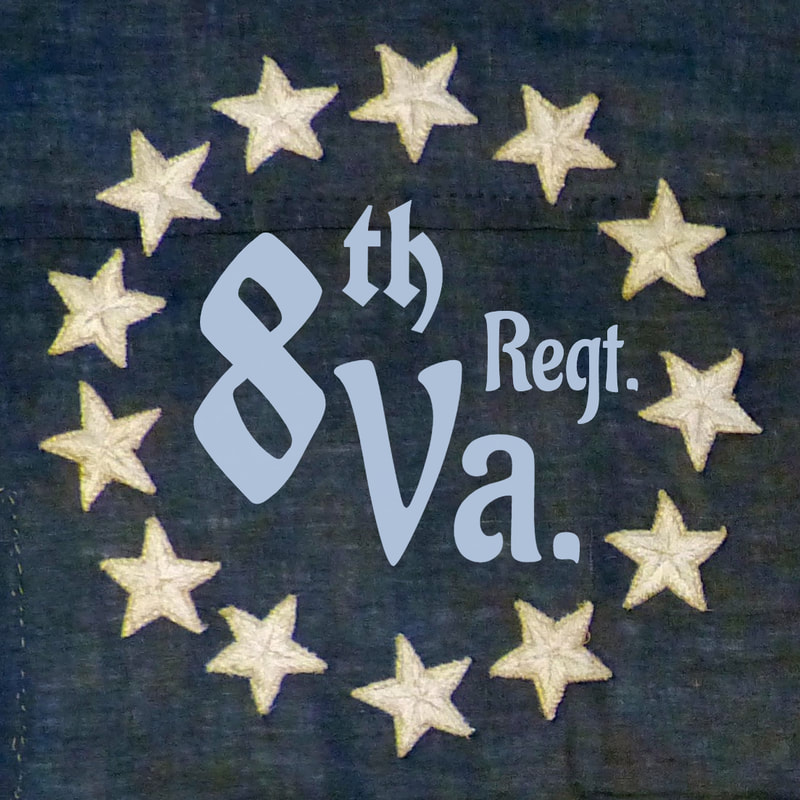|
The soldiers of the 8th Virginia were, typically, Presbyterian or Lutheran--that is to say Irish or German. There were others, including Anglicans, German Reformed, Baptists, and a Jew. There were probably no Catholics, though they would serve under one (the Marquis de Lafayette) and by "Irish" we have to say "Scotch-Irish," "Irish Protestant," or "Ulster Irish" to distinguish these men from later Irish Catholic immigrants. At the time, though, they were usually just called "Irish," despite the Scotch heritage many of them had. When these soldiers or their parents first settled in the parts of today's Virginia, West Virginia and Pennsylvania that then made up the Virginia frontier, their respective churches helped them in their travels and new settlements. The "Great Philadelphia Wagon Road" was the "Oregon Trail" of the colonial era--immigrants arrived in boats at Philadelphia or the nearby Delaware ports of New Castle or Lewes and then, often with church support, headed west along a road that stretched through Lancaster and York into Pennsylvania's Cumberland Valley. That valley continues south to become the Shenandoah Valley in Virginia. The Wagon Road followed it and continued on, eventually all the way to Georgia. After the French and Indian War, the Forbes Road could be followed from the Cumberland Valley as far as Pittsburgh, though that wasn't strictly legal. In the 1770s, other settlers took another branch through the Cumberland Gap in southwest Virginia to Kentucky. (The Cumberland Valley and the Cumberland Gap are far from each other, but both are named for Prince William, the Duke of Cumberland--the youngest son of George II and the victor of the Battle of Culloden in 1746.) The Derry Church in what is now Hershey, Pennsylvania supported Scotch-Irish Presbyterian settlers as they headed west and seeded new churches for them as new communities formed. These new churches were often just log houses, but a number of them survive. It was precisely the same pattern of activity in the Lutheran Church that brought Peter Muhlenberg down the Wagon Road to Woodstock, Virginia in 1772. When he arrived, the Woodstock church was a simple log chapel in the middle of the central intersection. In 1774, land was given to build a new log church at the Southeast corner of the intersection--a project that was overseen by the young rector. It was from that new church that he gave his famous recruiting sermon in 1776. The central role of religion in history is sometimes overlooked or disregarded, especially by elite historians who look too cynically at it. Religious leaders, like Muhlenberg, were not just pastors but also pioneers, political leaders, and soldiers as well. That might seem strange to some people today, but it wasn't strange at all in the 18th and 19th centuries.
5 Comments
|
Gabriel Nevilleis researching the history of the Revolutionary War's 8th Virginia Regiment. Its ten companies formed near the frontier, from the Cumberland Gap to Pittsburgh. Categories
All
Archives
June 2024
© 2015-2022 Gabriel Neville
|

 RSS Feed
RSS Feed